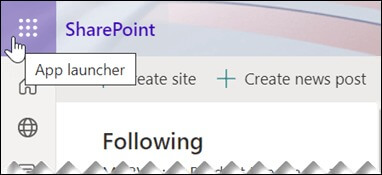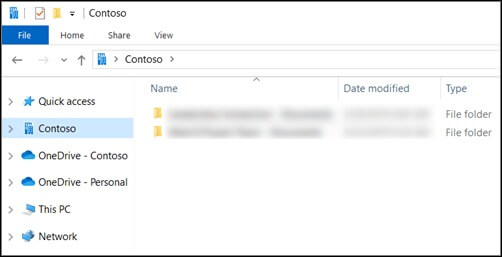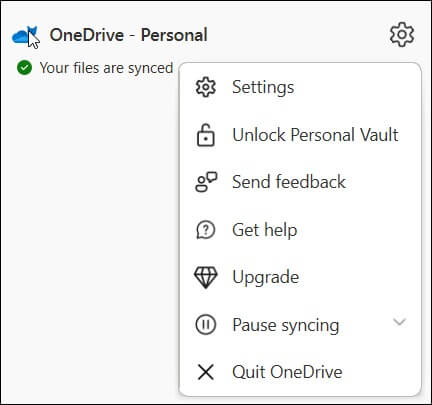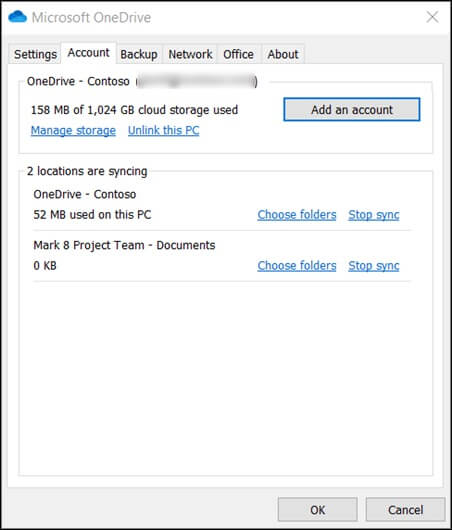Sync files to your Microsoft Teams easily | Access files from anywhere

Written By
Sahil Verma
Published On
July 26, 2023
Read time: 5 minutes
Microsoft Teams is the go-to platform for teams to collaborate online. It is an essential tool for organizations with a Microsoft 365 work or school subscription. Apart from the real-time chat & video conferencing features, Microsoft Teams also helps you to store files & enables you to organize & collaborate on them easily.
But what happens when you need access to the files when you’re not online or maybe when you must work directly in File Explorer? The simplest solution is to sync all your files to your device. This way, one can work directly in File Explorer & easily access the files whenever needed, even when you’re offline.
Today, we’ll take a look at how to sync the files between Microsoft Teams & your device.
When we talk about syncing files in Microsoft Teams, you have 2 main options: OneDrive shortcuts or the Sync button in the document library.
OneDrive shortcuts help you access files on all your devices, but using the Sync button is only related to a specific device. Moreover, both options have their pros and cons. But we are here now with steps on using the Sync option. Moreover, you can also upload files to Microsoft Teams besides syncing.
In case you want to know about adding shortcuts to libraries and folders to OneDrive, follow the official Microsoft guide.
Syncing files in Microsoft Teams has different benefits that make your work easier & more efficient.
Setting up syncing for your Microsoft Teams files is quite straightforward. Follow the below steps:



If you want to change the sync settings or stop syncing all files on that site, go for the steps here below:


Syncing files in Microsoft Teams to your device lets you save & access data easily. This process makes collaboration with colleagues easier & enables individuals to stay organized. Through the information provided here, we hope you feel confident & ready to start syncing.
In the end, if you need help or want a longer-term solution for file management & migration services, the Kernel Microsoft Teams Migration tool is an excellent option. It maps source & destination Teams accurately to migrate data to existing or new teams as per your needs, along with more advanced features like private chats migration, detailed reports, etc.
As someone who knows the importance of having all your files available whenever needed, we highly recommend you try this tool – you won’t be disappointed.
A. The Microsoft Teams app is available for Android, iPhone, Windows & Mac devices. You can use any device with the same Microsoft account to resume communication. You’ll only need your Microsoft account credentials to get started.
A. If you’re experiencing issues with your Teams folders not syncing, look at any potential sync failures. It’s also crucial to confirm that you’re logged in correctly. If those steps don’t work out, try signing out of Teams, rebooting the system & then signing back into Teams.